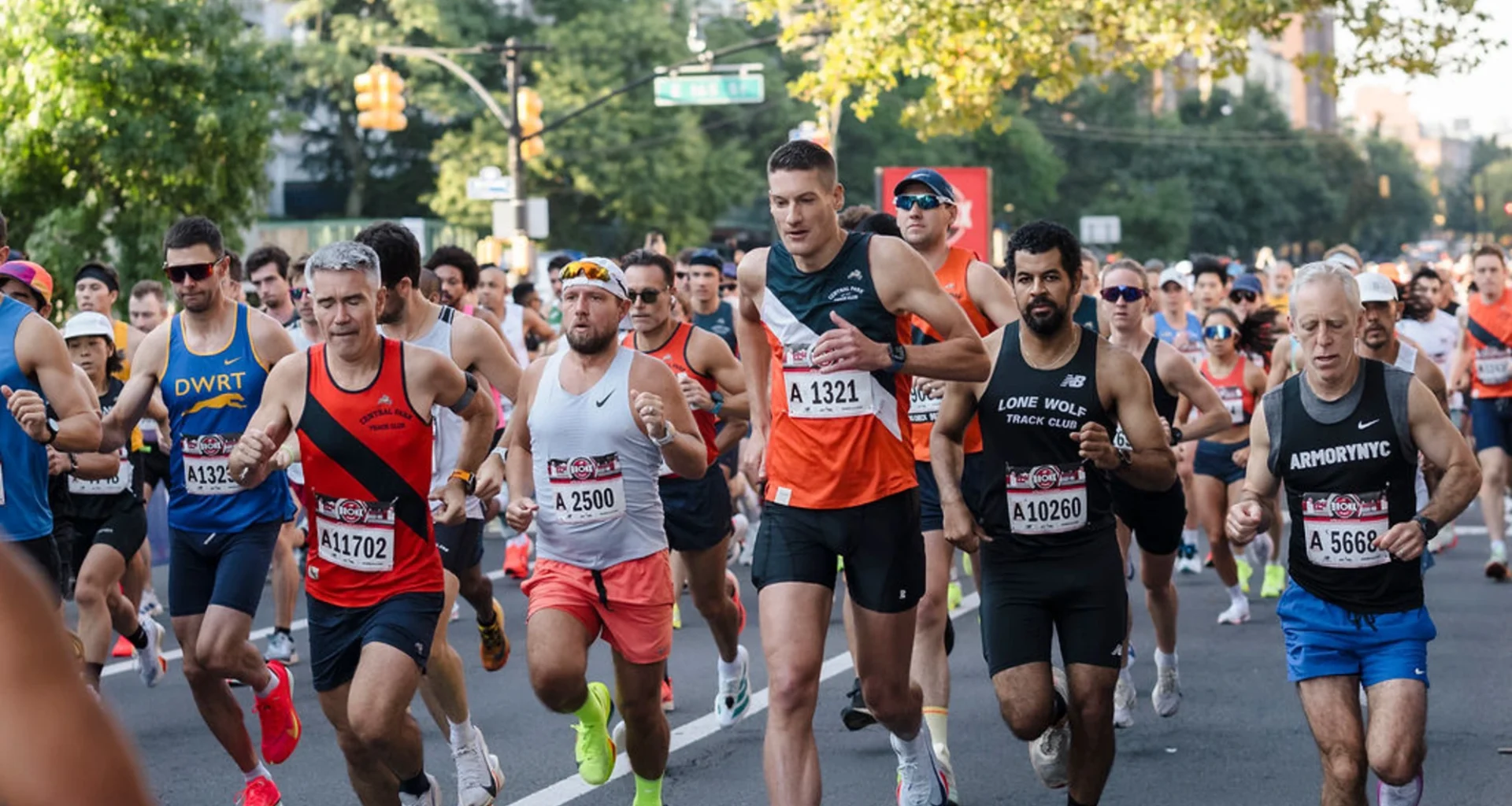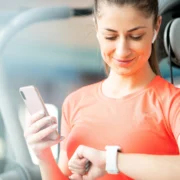The New York City Marathon and associated running events inject nearly $1 billion into the local economy. Race organizer New York Road Runners is thinking strategically about how to expand amid “record participation”
On November 2, over 55,000 people will run 26.2 miles through New York City’s five boroughs, proudly adorning bibs for the TCS New York City Marathon.
For the past 55 years, the non-profit organization New York Road Runners (NYRR) has put on one of the world’s most iconic races, also known as one of the seven World Marathon Majors.
The ongoing running boom has only made a popular race all the more desirable; in 2024, the NYC Marathon set the world record for the largest race, with 55,646 finishers (it was later surpassed by the 2025 London Marathon, with over 56,000 finishers).
All of NYRR’s races are getting harder and harder to get into — especially with its 9+1 program, which provides runners guaranteed entry into the marathon after completing nine NYRR races and one volunteer shift in a calendar year.
But the marathon bibs are particularly hard to come by; the lottery only provides a 2 to 3% chance of getting in, with over 200,000 people entering last year.
Athletech News got an inside look into the organization behind one of the largest races in the world, speaking with NYRR representatives to understand the cultural and economic boom behind races like the NYC Marathon.
An Economic Boost for NYC
For those who do get into the NYC Marathon, they’ll be met with a steep entry fee of either $255 for NYRR members or $315 for non-members.
“As a nonprofit, all revenue is reinvested into our mission — supporting youth and community programs, charity partnerships and technology that enhances the runner experience,” NYRR chief communications officer Crystal Howard told Athletech News. “We’re expanding storytelling through East 89th St Productions and innovating digitally through the NYRR App to keep runners engaged year-round.”
Howard said that each race’s fee is based on its distance, field size, amenities and on-site support, with events like 5Ks or 10Ks held in Central Park or Prospect Park being on the lower end of the cost spectrum at around $45.
 credit: NYRR
credit: NYRR
“Race operations represent NYRR’s largest expense, with the marathon accounting for a significant share of annual program costs — offset by sponsorships, entry fees and philanthropic support,” she added.
NYRR isn’t the only one benefiting from the race’s popularity. With so many runners paying those entry fees, along with booking hotels, supporting local businesses and using public transit, the NYC Marathon has given the city a serious economic boost, NYRR revealed in its Economic Impact Study from September.
The 2024 marathon’s impact neared $700 million, including $178 million in accommodations, $109 million in food and drinks, $51 million in shopping, $29 million in museums and attractions and $19 million in local transportation, according to the non-profit..
But NYRR puts on far more races than just the marathon; the organization’s year-round events, including 34 races, inject nearly $1 billion in incremental spending into the NYC economy. That’s the equivalent to the combined local economic impact of New York Yankees and New York Mets home games.
Since the study was last conducted five years ago, that’s a 58% increase in impact, adding more than 5,000 jobs, $384 million in wages and $54 million in New York City tax revenue.
See Also
NYRR Is Having Its Own Boom
Participation in NYRR events and programs has increased 7% year-over-year, serving more than 668,505 athletes, while the organization currently has 81,447 members, up 6.6% year-over-year.
But how is NYRR keeping up with the high demand for its races, most of which are selling out within hours?
“We’re seeing record participation across every part of our organization — two-thirds of this year’s marathon field are first-time runners,” Howard told ATN. “Our focus is on creating more entry points for people to start running, whether through free programs like Open Run and Rising New York Road Runners or digital training partnerships like Runna.”
While demand remains high, Howard indicated that the organization is prioritizing quality over quantity of races and participants.
“We only expand when we can ensure the highest standards of safety and experience, working closely with city partners and continuing to invest in operations, technology, and training programs that meet runners where they are,” Howard said, in response to if NYRR would be adding more races or expanding their fields.
However, the organization is adding other kinds of events. That includes its partnership with the NYC Department of Transportation to launch the free Start Line Series across the five boroughs during the city’s Summer Streets program earlier this year, when select streets throughout the city shut down for walkers, runners and cyclists.
The organization also recently launched a sweepstakes for the 2026 marathon, which Howard indicated would give more runners the chance to race next year.
“For nearly 70 years, NYRR has delivered races that represent the spirit of New York — diverse, inclusive and world-class,” Howard said. “Participants know they’ll get an exceptional, well-organized experience that brings together the energy of the city and its running community.”

